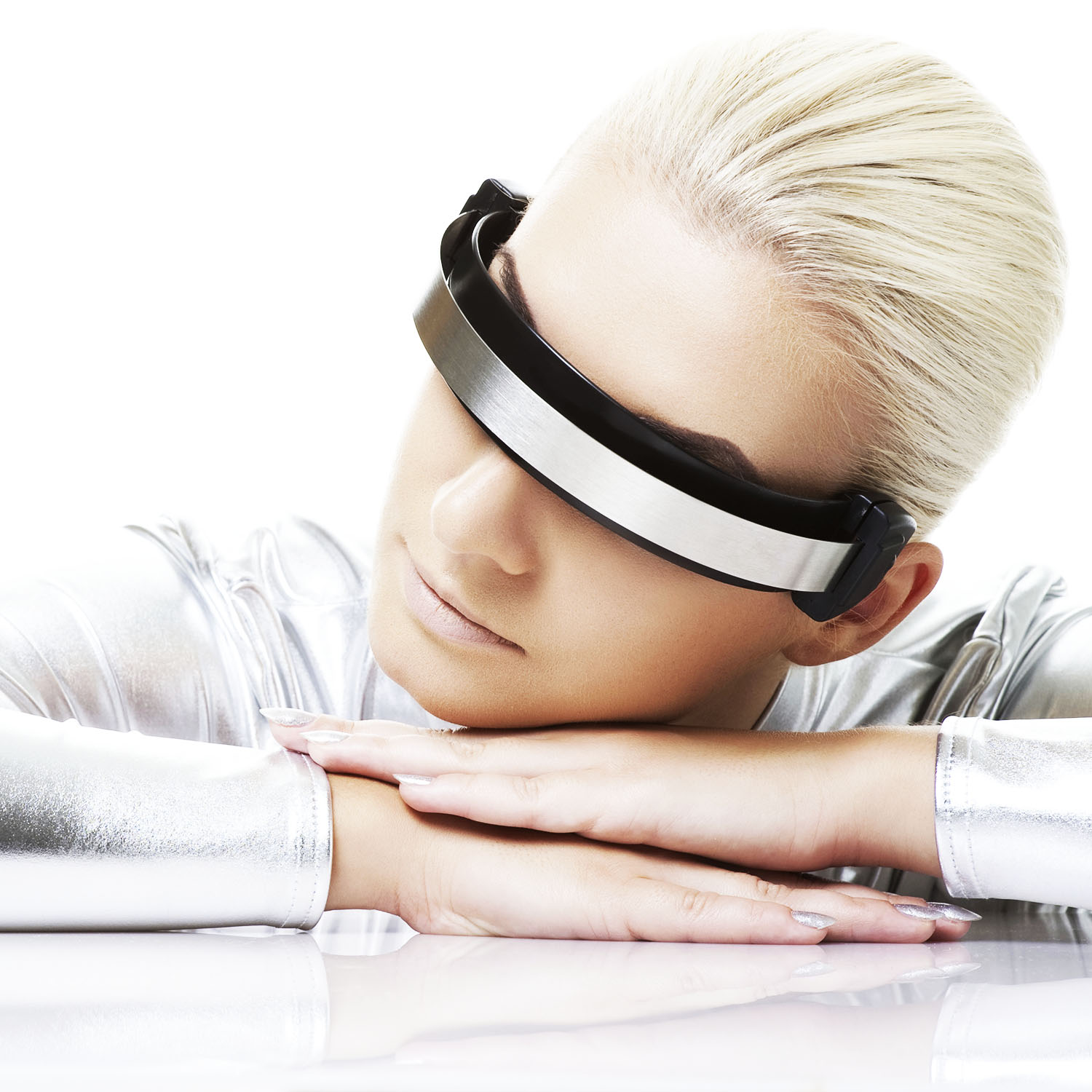
Virtual Reality apps are becoming increasingly popular, and there is much to be said about how this new technology can damage our eyesight. This past October, the New York Times announced that they’d be joining hands with Google to make a series of virtual reality films, and it has since then launched it’s VR app.

The films, seen through Google’s Cardboard VR headset, show the astounding journalism that is commonly associated with the New York Times, but some viewers found that one of the films, subtitled in English because the cast were not English speakers caused a difficult strain in the eyes and made the experience difficult to enjoy.
The move toward Virtual Reality and Virtual Reality apps is a predictable step for both companies. It’s only a matter of time before virtual reality apps start to become more and more widespread, and more VR headsets hit the market to cater to specific people. However, with this technology comes new dangers. We all know that staring at backlit screens for extended periods of time causes eye strain, headaches and a decrease in alertness, and having a screen three or four inches can do some significant damage. VR headset makers insist that it causes less strain due to the panoramic nature of the experience, but the virtual reality experience already causes dizziness and general strain, and even a new phenomenon called virtual reality sickness where gamers feel nauseated and disoriented.
Since VR gamers and users are usually in their early to late teens, they’re at risk for early onset myopia, not to mention at risk for migraines and chronic virtual reality sickness. So before grabbing hold of a pair of headsets, users may need to evaluate how Virtual Reality or any Virtual Reality apps may affect their eyesight.

















